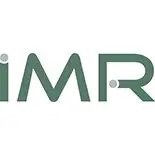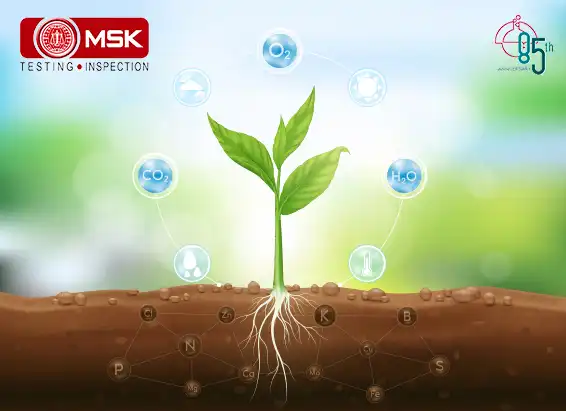
Introduction:
Total carbon in the Biomass is comprised of two fractions: combustible and carbonate carbon. Combustible carbon corresponds to total organic carbon (TOC) while carbonate carbon corresponds to total inorganic carbon. The amount of the combustible carbon content in biomass can be used for the determination of the performance and efficiency of biomass boiler furnaces as well as of different thermo-chemical (liquefaction, gasification, and pyrolysis) reactors for carbonaceous fuels.
Principle:
Each biomass sample was divided into two parts. One part was ignited in the furnace in presence of oxygen gas at 900°C followed by infrared (IR) spectroscopic determination of evolved CO2 to determine the total Carbon. The other part was distilled with water in presence of H2SO4 and the evolved carbon dioxide is absorbed in known quantity of excess NaOH Solution. The unreacted NaOH is then titrated with a known strength of HCl Solution to determine the carbonate carbon or the Inorganic carbon. The quantity of organic Carbon was calculated as the difference between the Total Carbon measured and the inorganic Carbon.
(Organic Carbon = Total Carbon -Inorganic Carbon).
MATERIALS AND METHODS:
1. MATERIALS:
Five numbers of commercial biomass samples were used in this study. Samples are marked as Sample A,B,C,D,E.
2. METHODS
2.1. Experimental method for determination of Total Carbon by CHNS Analyzer
Instrument:
1) LECO TruSpecCHN Analyzer
2) Air Oven
Procedure:
1) 0.09 g of dry biomass sample was taken into a tin foil of certain specification.
2)The foil containing the sample was placed inside the furnace at 950°C in the instrument and flushed with oxygen for complete combustion to form CO2.
3) The CO2 formed was measured using an IR cell and the total C content was obtained from the amount of CO2 generated.
Results:
| Sample No | Total Carbon(%) |
| A | 34.00 |
| B | 35.00 |
| C | 45.30 |
| D | 41.60 |
| E | 39.50 |





Fig. 1-5: Total carbon Curve of Biomass sample
2.2. Determination of inorganic Carbon:
Apparatus:
1) Distillation apparatus
2) 250 ml Erlenmeyer Flask
Chemical:
Procedure:
1) 5g sample was taken in a distillation Flask and 100ml of distilled water and 25ml H2SO4 were added into it.
2) The sample was distilled for 30min.
3) The released CO2 was absorbed in 25ml 0.1(N) NaOH Solution in a 250ml Erlenmeyer Flask.
4) The resulting solution obtained in step 3 was titrated with 0.1(N) HCl by using Phenolphthalein followed by methyl orange indicator.
XCO3 + H2SO4 → CO2 + H2O + XSO4
CO2 + NaOH → Na2CO3 + H2O
Na2CO3 + HCl → NaHCO3 + NaCl (by using Phenolphthalein as indicator)
Na2CO3 + HCl → CO2 + NaCl ( by using Methyl orange as indicator)
Calculation:
Na2CO3 % = {53 x Strength Of HCl x 100 x (m-p)}/(1000 x sample Weight)
Where, p = Burette reading 1st titration.
m= Burette reading of 2nd titration.
% C =(12/53)* Percentage of sodium carbonate
Result:
| Sample No | Inorganic Carbon (%) |
| A | 0.072 |
| B | 0.12 |
| C | 0.086 |
| D | 0.075 |
| E | 0.082 |
Results:
| Sample No | Total Carbon (%) | Inorganic Carbon (%) | Organic Carbon (%) |
| A | 34.00 | 0.072 | 33.93 |
| B | 35.00 | 0.12 | 34.88 |
| C | 45.30 | 0.086 | 45.21 |
| D | 41.60 | 0.075 | 41.53 |
| E | 39.50 | 0.082 | 39.42 |
Conclusion
5 numbers of Biomass samples were analyzed to experimentally determine their organic carbon content. The method involves determination of total c content using a CHN analyzer and determination of inorganic C content by a wet classical method. The inorganic C content was subtracted from total C content to obtain the organic C content. The method bypasses the need of employing a separate TOC analyzer and thereby allows coal analysis laboratories to exploit the CHN analyzer for this purpose to save cost.
Contributed by: Sabir Laskar


Chief Operation, FAMD, Tata Steel Limited..


Sr. General Manager,, Emirates Trading Agency L.L.C..


Mines Manager, Hindustan Zinc Limited, a Vedanta Company.


General Manager, Stevin Rock L.L.C..


Executive Vice President (Works),, DCW Limited.


AVP – Coal Quality & Sales Compliance Head,, PT Indo Tambangraya Megah Tbk (BANPU).


Laboratory Head, MMX.


Shipping Administrator, Mount Gibson Iron Limited.


Senior Director – Asia Pacific Iron Ore Sales,, Cliffs Natural Resources Pty Ltd..

Posted on April 30 2024 By Mitra S.K ADMIN
Read More
Posted on April 29 2024 By Mitra S.K ADMIN
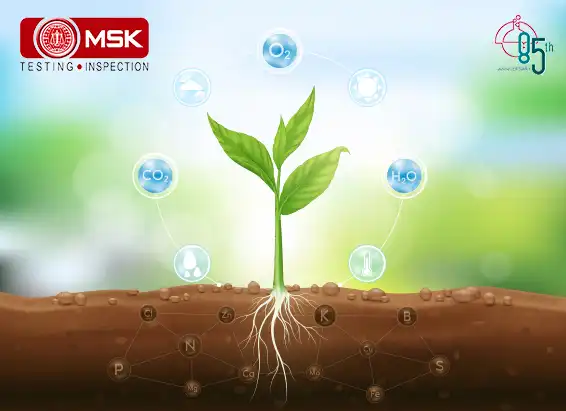
Posted on December 30 2023 By Mitra S.K ADMIN
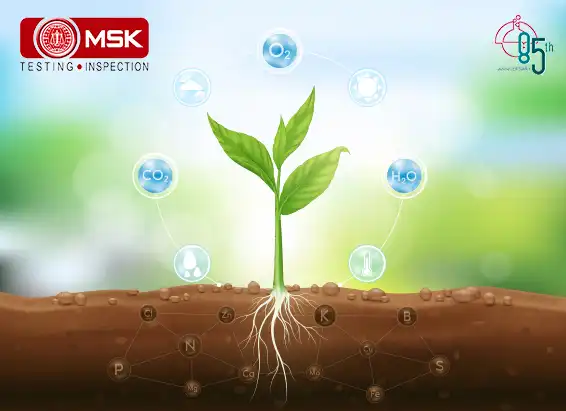
Posted on December 30 2023 By Mitra S.K ADMIN
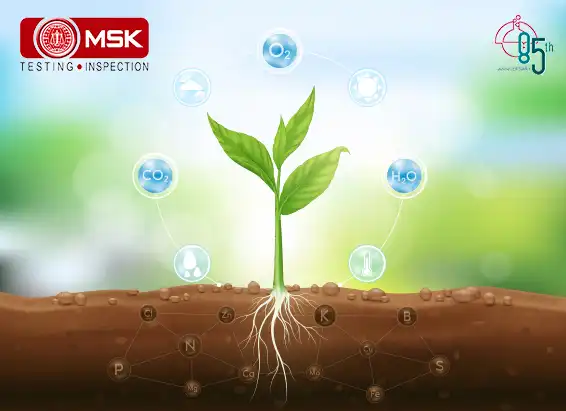
Posted on December 30 2023 By Mitra S.K ADMIN
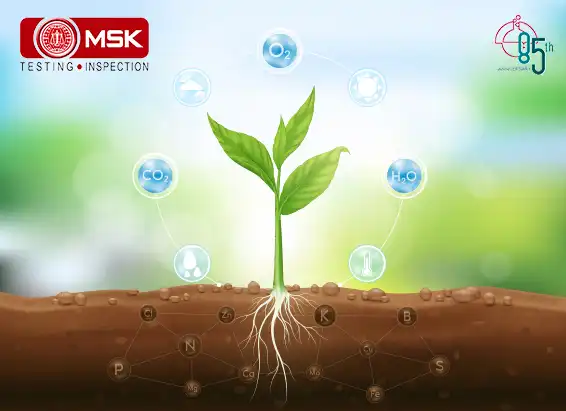
Posted on December 27 2023 By Mitra S.K ADMIN
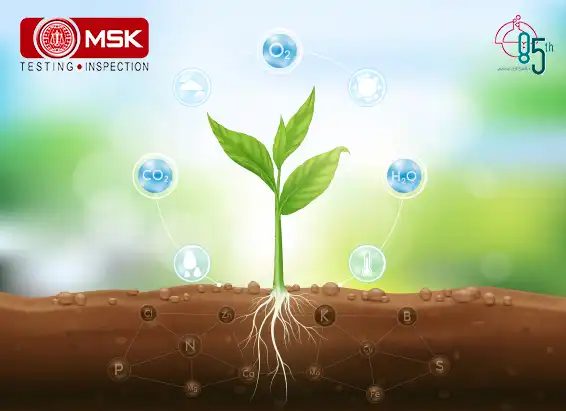
Posted on December 27 2023 By Mitra S.K ADMIN
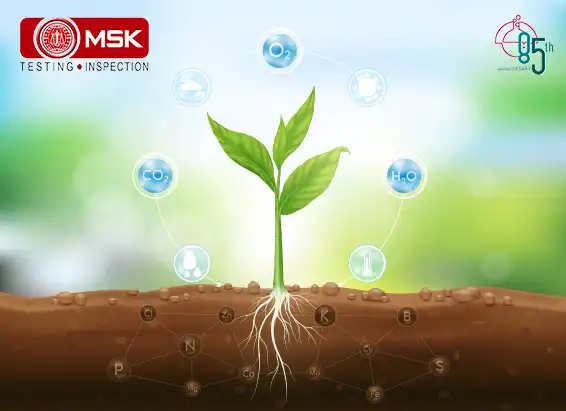
Posted on December 27 2023 By Mitra S.K ADMIN
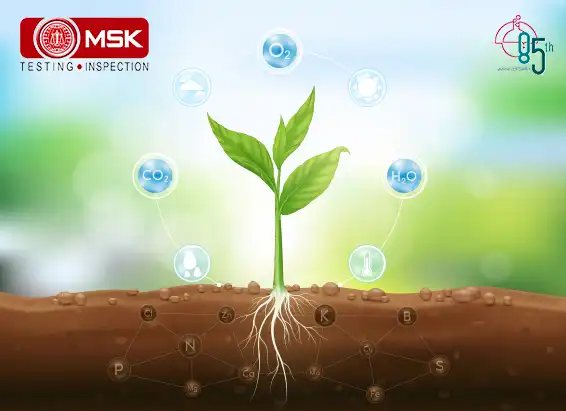
Posted on December 27 2023 By Mitra S.K ADMIN
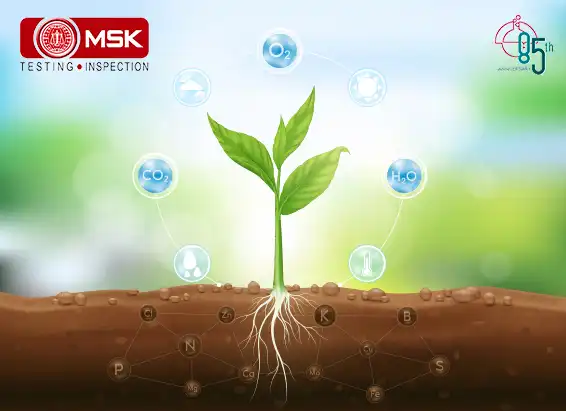
Posted on December 27 2023 By Mitra S.K ADMIN
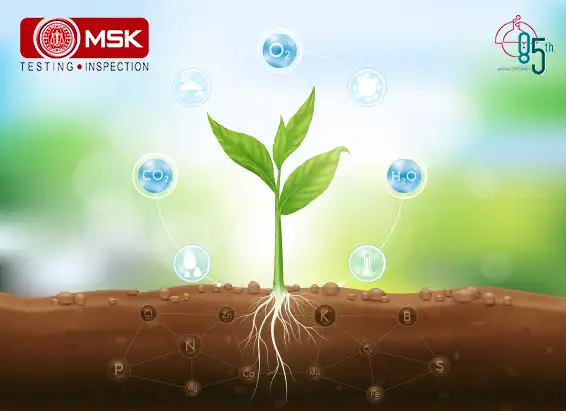
Posted on December 27 2023 By Mitra S.K ADMIN
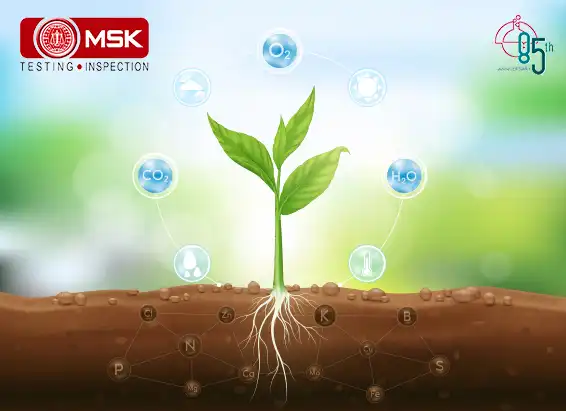
Posted on December 27 2023 By Mitra S.K ADMIN
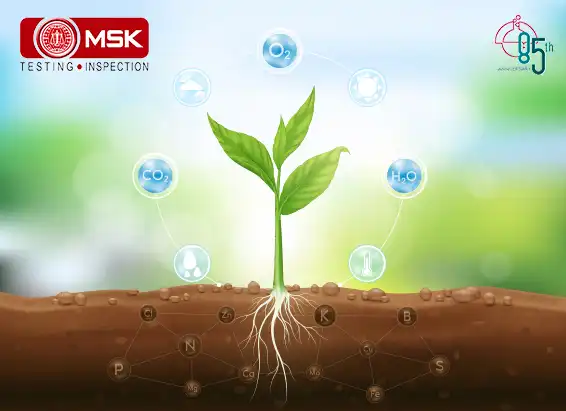
Posted on December 26 2023 By Mitra S.K ADMIN
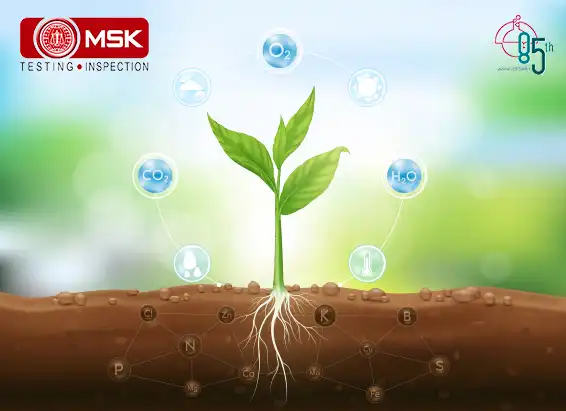
Posted on December 09 2022 By Mitra S.K ADMIN
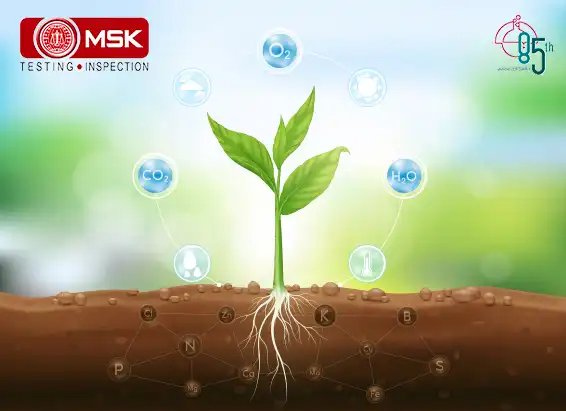
Posted on December 02 2022 By Mitra S.K ADMIN
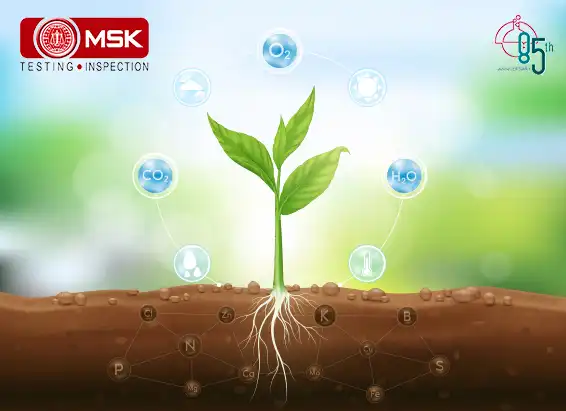
Posted on December 02 2022 By Mitra S.K ADMIN
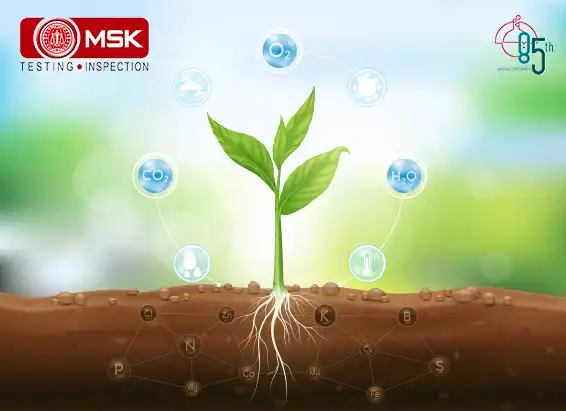
Posted on December 02 2022 By Mitra S.K ADMIN

Posted on December 02 2022 By Mitra S.K ADMIN
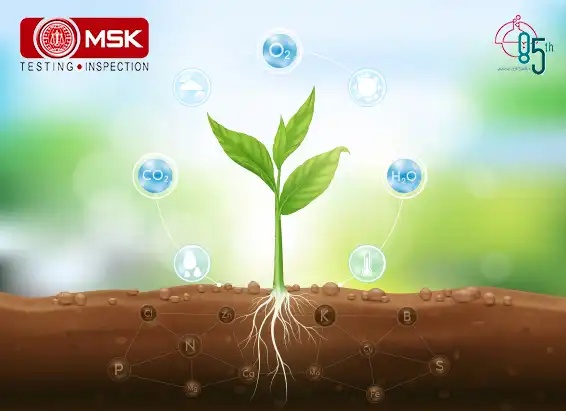
Posted on December 02 2022 By Mitra S.K ADMIN
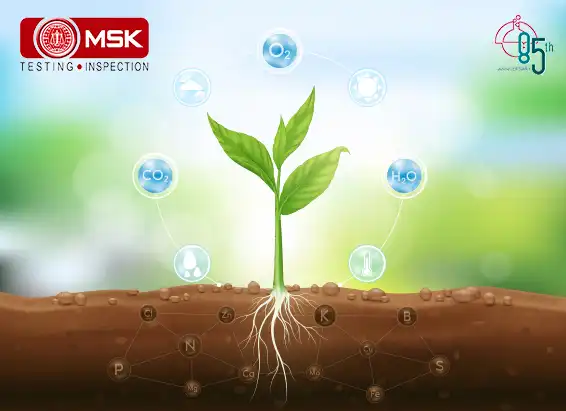
Posted on December 02 2022 By Mitra S.K ADMIN
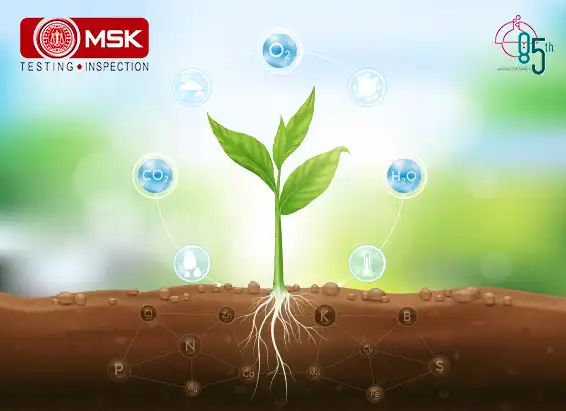
Posted on December 02 2022 By Mitra S.K ADMIN
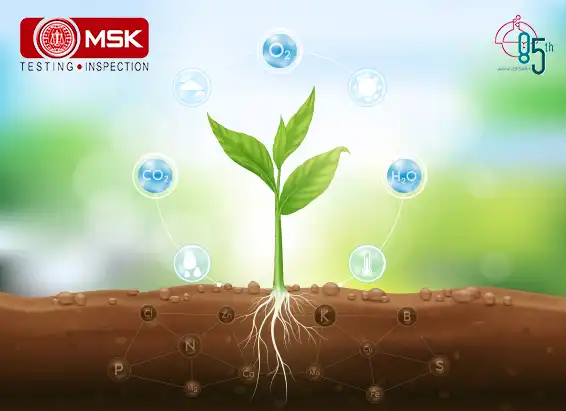
Posted on December 02 2022 By Mitra S.K ADMIN
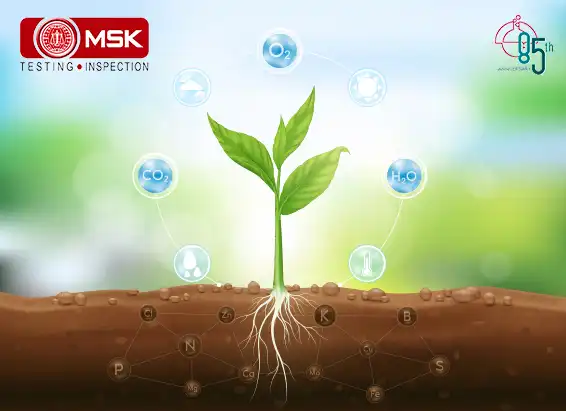
Posted on December 01 2022 By Mitra S.K ADMIN
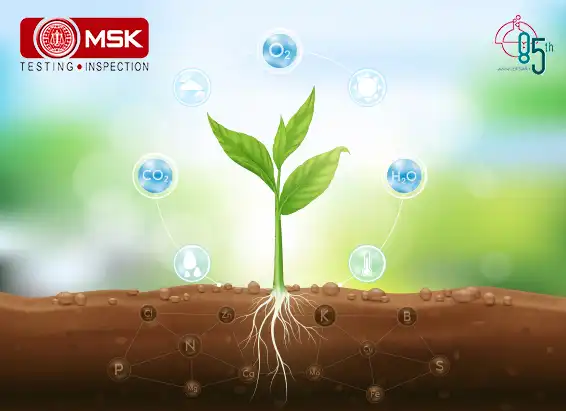
Posted on December 01 2022 By Mitra S.K ADMIN
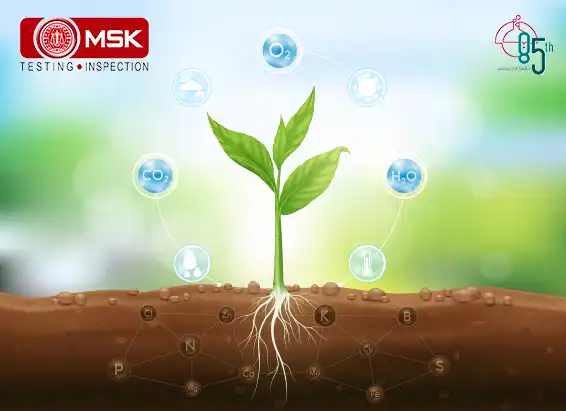
Posted on December 01 2022 By Mitra S.K ADMIN
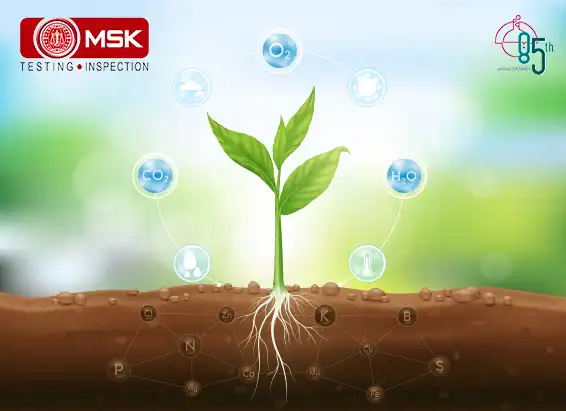
Posted on December 01 2022 By Mitra S.K ADMIN
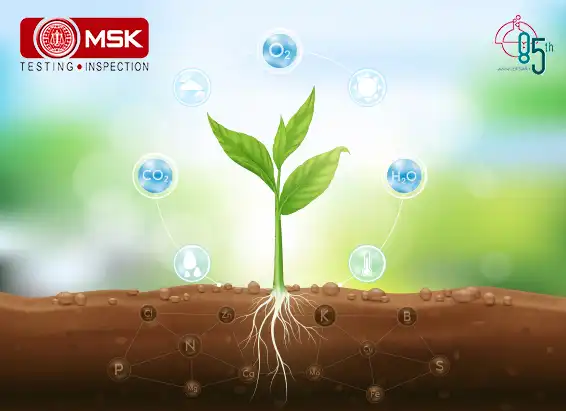
Posted on November 30 2022 By Mitra S.K ADMIN
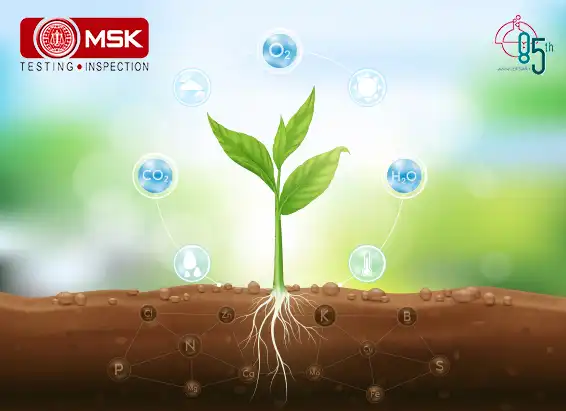
Posted on November 30 2022 By Mitra S.K ADMIN
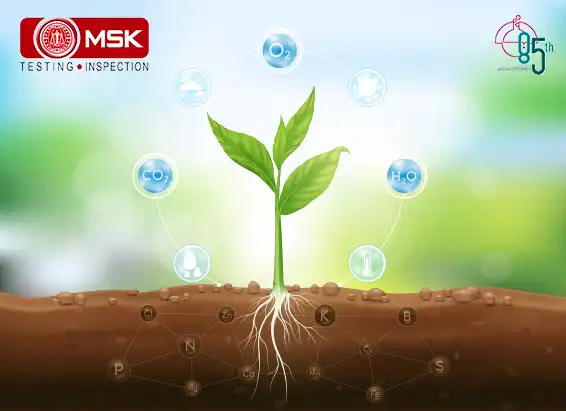
Posted on November 30 2022 By Mitra S.K ADMIN

Posted on November 30 2022 By Mitra S.K ADMIN
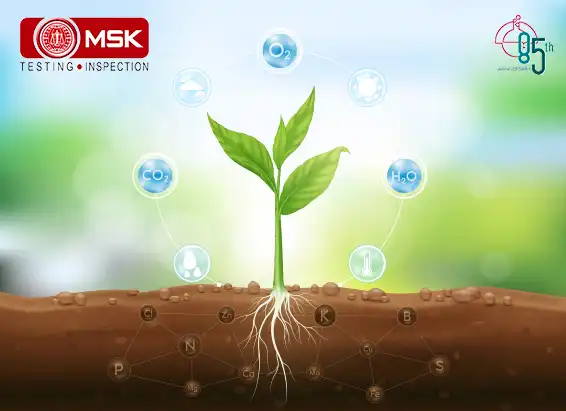
Posted on November 30 2022 By Mitra S.K ADMIN
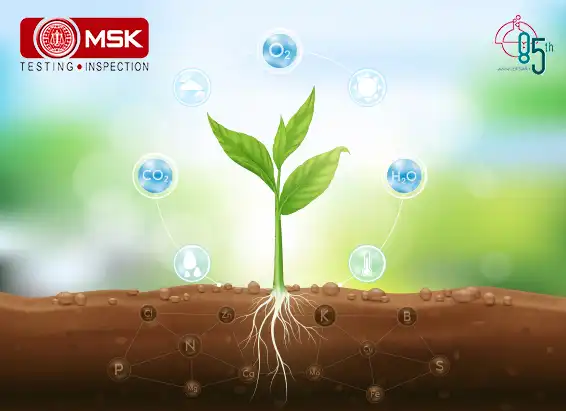
Posted on September 27 2022 By Mitra S.K ADMIN

